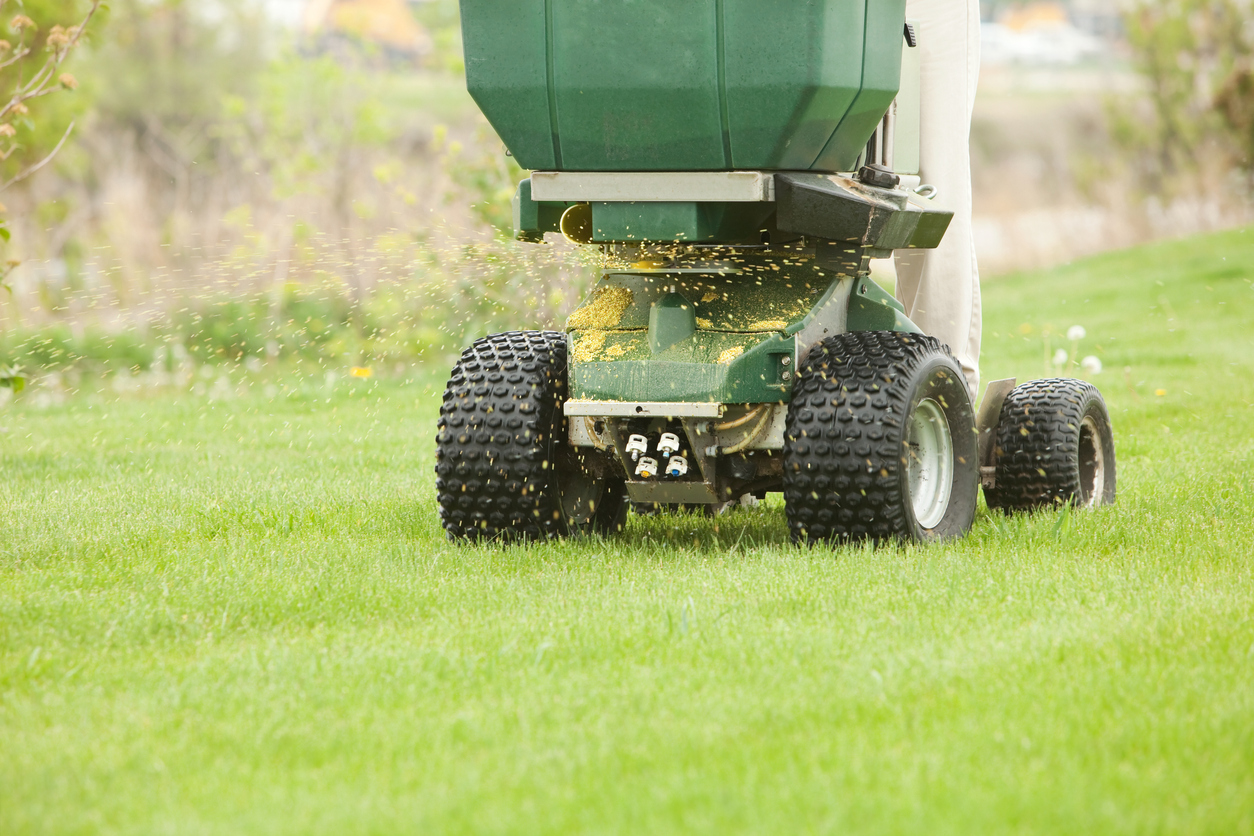
Best Practices: Fertilization and Watering
July 10, 2020Proper watering and fertilization are key to maintaining herbaceous living landscaping such as turf, flowers and grasses. Although this may be a routine that you’re well accustomed to, it’s always helpful to be reminded of the best way to handle these tasks.
Every living plant needs a certain level of irrigation. Trees and shrubs need roughly an inch of water every week, whether it comes from rain or your garden hose. The ideal amount can double during intense dry spells. When you water trees and shrubs, it’s important to focus on the roots, not the leaf zones.
A slow-drip soaker hose placed around the base of the plant works best. As opposed to sprinklers which spread water over a large turf area, soaker hoses deliver a slow and steady trickle of water to a precise area. This efficient method allows water to be thoroughly absorbed into the soil and delivered to the roots.

When it comes to fertilization, trees’ and shrubs’ specific needs depend largely on location. Trees and shrubs that are planted in the middle of a fertilized lawn receive plenty of residual fertilization from being in close proximity to well-fed turf. If they’re located in plant beds, trees and shrubs can benefit from periodic applications of slow-release fertilizer. This efficient fertilizer gives trees and shrubs a steady flow of nutrients and is less likely to be lost to runoff or leaching deep into the soil.
Trees and shrubs are sturdy and resilient, but they still need attention. Adequate watering and fertilization will help keep these larger plants happy and healthy for years to come. If you have questions or concerns about the best course of action, don’t hesitate to consult a professional.